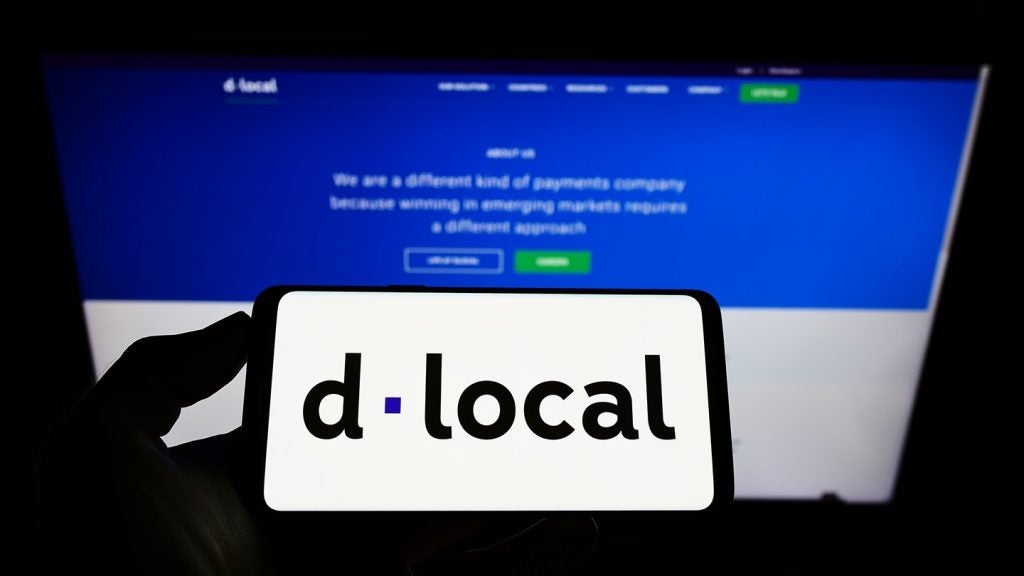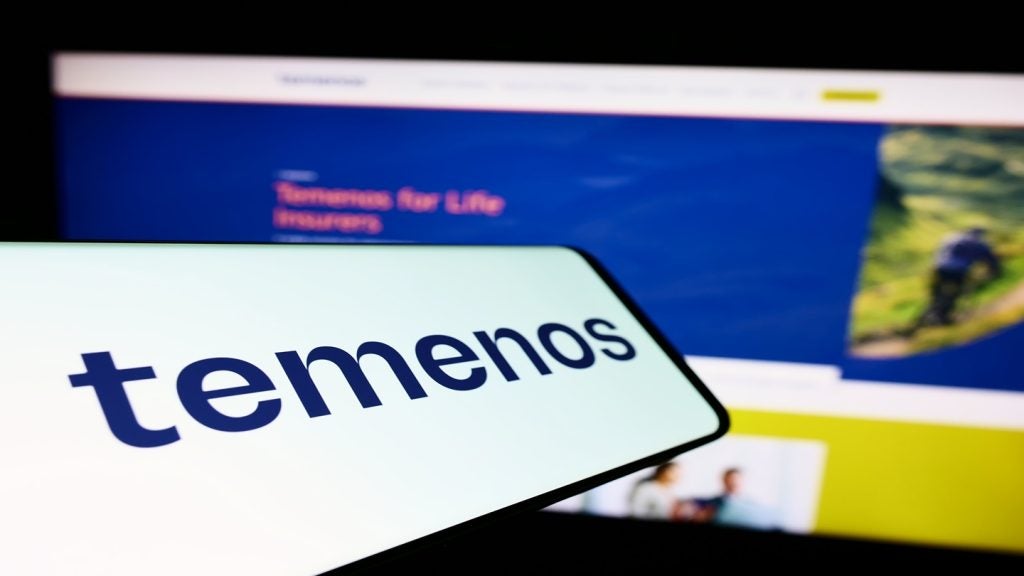have been touted as a promising new market for financial
institutions, but a new report is urging banks to tread carefully,
especially when it comes to their involvement in prepaid solutions.
Victoria Conroy reports on how banks can play a
useful role.
Health care expenditure in the US shows no sign of slowing down
any time soon, and the sector is attracting the attention of
financial institutions who are hoping to grab a share of a market
which is expected to achieve total expenditure of $2.4 trillion in
2008.
According to US payment consultancy Celent, expenditure could
grow to roughly $4.3 trillion in 2017 – a nearly 80 percent
increase in less than 10 years. While these figures may look
attractive to financial institutions, Celent has sounded a note of
caution to banks, saying that they may have relatively little value
to add, and that some of the most popular products, including
prepaid cards, do not significantly contribute to banks’
overarching goals.
Celent’s report, Fit To Be Paid – The Dynamics of the Wellness
Reward Market, examines the growing trend of employee health care
programmes in the US, which are clustered around employer or health
plan-sponsored programmes designed to encourage employees to change
their behaviour as a way to improve health. Coupled with rewards,
such programmes use longer term financial leverage to encourage
consumers to take more preventative care.
The market opportunity
Celent estimates that in 2008, about 51 percent of large US
employers with more than 500 employees have some form of reward or
incentive applied to a wellness programme, and by 2013, Celent
estimates that this number will grow to 94 percent of all such
companies.
How well do you really know your competitors?
Access the most comprehensive Company Profiles on the market, powered by GlobalData. Save hours of research. Gain competitive edge.

Thank you!
Your download email will arrive shortly
Not ready to buy yet? Download a free sample
We are confident about the unique quality of our Company Profiles. However, we want you to make the most beneficial decision for your business, so we offer a free sample that you can download by submitting the below form
By GlobalDataWhen more employers roll out wellness programmes coupled with
rewards, the aggregate value of the rewards themselves will grow.
The rewards themselves take many different forms, including prepaid
cards and medical spending contributions, many of which are
administrated by third parties such as card processors, banks, and
reward fulfilment centres. A typical example would be an employee
receiving a prepaid card for completing an online health risk
assessment. Prepaid cards can either be closed-loop gift cards for
use at a specific retailer, or open-loop general-purpose cards,
either disposable or reloadable. Celent states that wellness
programmes take many shapes, including health risk assessment,
exercise programmes and health coaching.
Available data indicates that wellness programmes overwhelmingly
yield a positive return on investment in terms of savings related
to medical claims, absenteeism and workers’ compensation. Studies
indicate that for every $1 invested, companies reap $1.65 to $3 in
savings.
However, employers who understand the value of wellness
programmes also appreciate the need for incentives and rewards to
encourage employees to complete the programmes. Depending on their
value, rewards can increase completion rates by two to five times.
Prepaid cards are one of the commonly used rewards options that
have the greatest motivational effect on employees.
Celent estimates that for the large employer segment, the
rewards market is roughly $1.2 billion, or about 8 percent of the
total market for all non-sales employee incentives types. By 2013,
Celent projects that wellness rewards will amount to over $2.7
billion.
Roles that banks can play
For financial institutions, they can play one of two roles. The
first is as a BIN sponsor for prepaid card programmes, although
this is rare, according to the report. The second role is similar
to that of a reward vendor, who is responsible for reward
fulfilment once a programme participant has completed a given
wellness programme. Here, financial institutions enable reward
fulfilment by depositing contribution rewards directly into
customers’ health savings accounts (HSAs).
Despite the fact that wellness programmes have been around for
decades, the tying of financial rewards to such programmes is
relatively new. The introduction of retailer gift cards as rewards
was the first indication to the financial services industry that
there might be a role for them to play in the wellness rewards
market. It was the use of general-purpose prepaid cards as wellness
rewards that really made the financial services industry sit up and
take notice, according to Celent.
With Visa, MasterCard and American Express-branded cards being
issued to employees, financial institutions and their vendors began
to realise that they might have a role to play in the growing
health care wellness space. According to Celent, the financial
services industry started to pay closer attention to the wellness
space when medical spending account contribution rewards started to
increase, creating the possibility for increased HSA deposits, as
well as incremental spending volume on flexible savings accounts,
health reimbursement accounts and HSA cards. However, there is
still debate about the advantages of retailer gift cards versus
general-purpose prepaid cards. Although wellness rewards are not
currently tracked at the card type level, across the broader US
marketplace, retailer gift cards outnumber general-purpose prepaid
cards in terms of loaded funds.

Few banks actively participating
Celent’s report states that with the exception of Citibank and
American Express, few, if any, financial institutions are actively
pursuing the wellness rewards market. Rather, banks have taken a
passive role by accepting contribution rewards deposited by
employees into employees’ HSAs.
There have been neither major launches of bank wellness reward
products nor announcements or alliances with vendors in the
wellness space. Celent says that it does not make sense for banks
and their technology vendors to ignore the $1.2 billion reward
market.
Playing on the wellness field does not necessarily mean banks
should rush to develop and launch their own wellness reward
products, such as cards. Rewards are commodities, and there are
already a number of players in the space. Instead, Celent
recommends that banks should determine what role to play by
considering their strengths and best ways to add value in health
care-related financial services.
These roles could include HSA programme management, as at their
core, banks are depository institutions. Over the years, they have
become adept at deposit systems management, transaction processing
(including cards) and reporting. Banks’ profitability largely
depends upon their ability to attract more depositors and scale up
the deposit base.
Or banks could pursue HSA relationships with employers.
According to a previous Celent report, employers constitute the
distribution channel for 52 percent of HSAs held by the top 25
banks. Often, banks’ ability to open the health care banking door
to employers has been through existing corporate banking
relationships. Because of these relationships, banks have
established valuable access to employers within a health care
context.
Building on bank strengths
Another option would be by building upon the banking relationship
life-span. Banks’ access to corporate clients is complemented by
the fact that these relationships are marked by relative
longevity.
Compared to insurance companies, banks enjoy sustained dealings
with employers and employees due to the breadth and nature of the
products offered. Banks offer numerous products such as lending,
cash management, employee payroll deposits and commercial cards,
and these products do not come up against cyclical contract
negotiations. Given these strengths, should a bank decide to target
the wellness reward space, a number of strategic approaches are
available.
However, Celent notes that alliances with wellness/reward
vendors to sell prepaid cards provide no clear bridge to a bank’s
deposit base – prepaid reward cards are transactional in nature and
are thus quickly spent down. Although a bank may gain some
interchange revenue from prepaid card spend, this could largely be
offset by card processing and customer service costs. The question
then becomes, what can a bank do to create a bridge for reward
funds to be added to deposit bases? According to Celent, the only
way to really do this is via the passive method already supported
by banks today – accepting reward contributions for their
customers’ HSAs.
But banks may also be able to leverage their HSA relationships
to offer a ‘quasi’ prepaid card. This would be done by using
multi-‘purse’ card technology to provide an unrestricted use purse
alongside an HSA purse. Funds deposited into this unrestricted use
purse would be available for any kind of spend (not just for
qualified medical expenses), but without the need of a separate
plastic. This would eliminate the costs associated with issuing a
stand-alone prepaid card. Card processors such as First Data,
Metavante and TSYS have the ability to support such card purse
technology, according to Celent.
To enhance HSA contribution reward functionality, banks could
undertake a number of low-cost tactical enhancements, all of which
revolve around the value-add of information. Within their own HSA
programmes, banks could co-brand congratulatory messages to account
holders who have obtained a reward.
However, despite the advantages of HSAs as a reward type and the
various enhancements, it would be unrealistic for banks to expect
that an HSA contribution would be the only reward type. This is
because it is probable that not all employees would have HSAs –
only 2 percent of insured employees are estimated to have an HSA.
As such, Celent estimates that HSA contribution rewards in 2008
will only amount to $24 million nationwide.
A space for new entrants
 If banks have a limited role
If banks have a limited role
to play in wellness rewards, then who would be the new entrants
that could aim for a piece of the growing wellness reward market?
Entrants could include prepaid card processors with economies of
scale, such as First Data, Metavante or TSYS.
Economies of scale would allow such players to address the $2-$5
cost disadvantage that general-purpose prepaid cards face compared
to retailer gift cards. Given decreased pricing, these card
processors might be able to forge alliances with health plans and
wellness programme vendors for inclusion within a rewards
portfolio.
Although rewards’ commodity status turns customer acquisition
into a lowest-cost game, large card processors are extremely
familiar with such a playing field, according to Celent.
However, for incumbents and entrants alike, a number of issues
may determine which rewards types to support or how to design
reward products. One issue that requires serious consideration by
financial institutions includes transaction processing and customer
service. General-purpose prepaid cards used for wellness rewards
are not simple gift cards. Wellness reward cards require a much
higher level of data integration with external entities such as
wellness programme vendors, health plans, and employers.
Such integration often consists of various electronic formats to
ensure that the right plastic is loaded with the right value,
embossed with the right card information and mailed to the right
address. Support of multiple wellness programmes equates to the
need for integration with multiple data feeds. Additionally, funds
for the card have to be debited from the wellness programme
sponsor’s bank account; although this may be simple from an
automated clearing house processing perspective, legal, contractual
and compliance hurdles must be overcome.
Once the card has been issued, customer service considerations
come into play. Cardholders expect a level of customer service
through call centre, web, and, increasingly, mobile channels.
Financial institutions must carefully weigh prepaid card business
line benefits against the cost of hiring customer service support
staff or building customised programme sponsor-branded
microsites.







